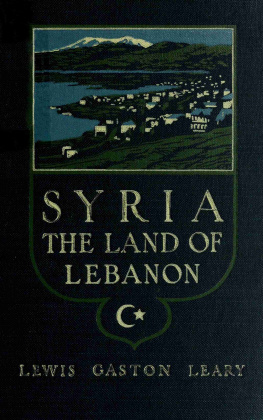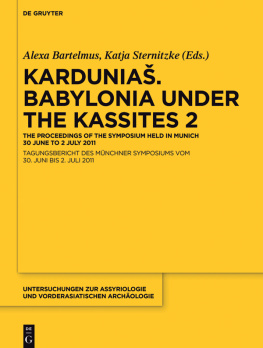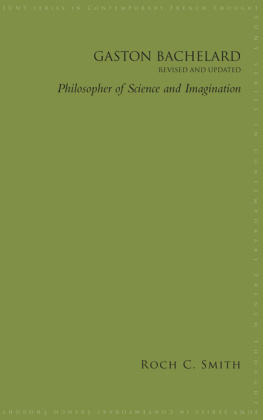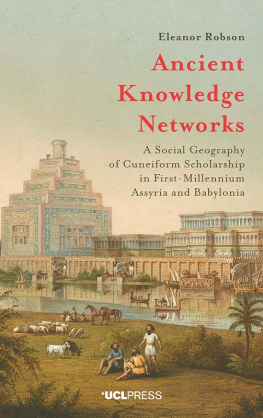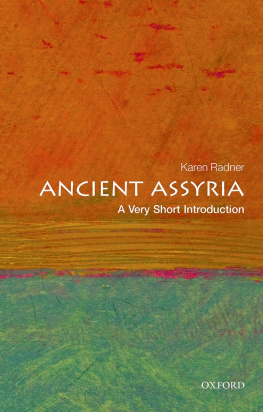By G. MASPERO,
Honorable Doctor of Civil Laws, and Fellow of Queen's College,
Oxford; Member of the Institute and Professor at the College of France
Edited by A. H. SAYCE,
Professor of Assyriology, Oxford
Translated by M. L. McCLURE,
Member of the Committee of the Egypt Exploration Fund
CONTAINING OVER TWELVE HUNDRED COLORED PLATES AND ILLUSTRATIONS
Volume I.
LONDON
THE GROLIER SOCIETY
PUBLISHERS
frontispeice (156K)
frontis_title (9K)
titlepage1 (189K)
EDITOR'S PREFACE
Professor Maspero does not need to be introduced to us. His name is well known in England and America as that of one of the chief masters of Egyptian science as well as of ancient Oriental history and archaeology. Alike as a philologist, a historian, and an archaeologist, he occupies a foremost place in the annals of modern knowledge and research. He possesses that quick apprehension and fertility of resource without which the decipherment of ancient texts is impossible, and he also possesses a sympathy with the past and a power of realizing it which are indispensable if we would picture it aright. His intimate acquaintance with Egypt and its literature, and the opportunities of discovery afforded him by his position for several years as director of the Bulaq Museum, give him an unique claim to speak with authority on the history of the valley of the Nile. In the present work he has been prodigal of his abundant stores of learning and knowledge, and it may therefore be regarded as the most complete account of ancient Egypt that has ever yet been published.
In the case of Babylonia and Assyria he no longer, it is true, speaks at first hand. But he has thoroughly studied the latest and best authorities on the subject, and has weighed their statements with the judgment which comes from an exhaustive acquaintance with a similar department of knowledge.
Naturally, in progressive studies like those of Egyptology and Assyriology, a good many theories and conclusions must be tentative and provisional only. Discovery crowds so quickly on discovery, that the truth of to-day is often apt to be modified or amplified by the truth of to-morrow. A single fresh fact may throw a wholly new and unexpected light upon the results we have already gained, and cause them to assume a somewhat changed aspect. But this is what must happen in all sciences in which there is a healthy growth, and archaeological science is no exception to the rule.
The spelling of ancient Egyptian proper names adopted by Professor Maspero will perhaps seem strange to many. But it must be remembered that all our attempts to represent the pronunciation of ancient Egyptian words can be approximate only; we can never ascertain with certainty how they were actually sounded. All that can be done is to determine what pronunciation was assigned to them in the Greek period, and to work backwards from this, so far as it is possible, to more remote ages. This is what Professor Maspero has done, and it must be no slight satisfaction to him to find that on the whole his system of transliteration is confirmed by the cuneiform tablets of Tel el-Amarna.
The difficulties attaching to the spelling of Assyrian names are different from those which beset our attempts to reproduce, even approximately, the names of ancient Egypt. The cuneiform system of writing was syllabic, each character denoting a syllable, so that we know what were the vowels in a proper name as well as the consonants. Moreover, the pronunciation of the consonants resembled that of the Hebrew consonants, the transliteration of which has long since become conventional. When, therefore, an Assyrian or Babylonian name is written phonetically, its correct transliteration is not often a matter of question. But, unfortunately, the names are not always written phonetically. The cuneiform script was an inheritance from the non-Semitic predecessors of the Semites in Babylonia, and in this script the characters represented words as well as sounds. Not unfrequently the Semitic Assyrians continued to write a name in the old Sumerian way instead of spelling it phonetically, the result being that we do not know how it was pronounced in their own language. The name of the Chaldan Noab, for instance, is written with two characters which ideographically signify "the sun" or "day of life," and of the first of which the Sumerian values were ut, babar, khis, tarn, and par, while the second had the value of zi. Were it not that the Chaldan historian Brssos writes the name Xisuthros, we should have no clue to its Semitic pronunciation.
Professor Maspero's learning and indefatigable industry are well known to me, but I confess I was not prepared for the exhaustive acquaintance he shows with Assyriological literature. Nothing seems to have escaped his notice. Papers and books just published, and half forgotten articles in obscure periodicals which appeared years ago, have all alike been used and quoted by him. Naturally, however, there are some points on which I should be inclined to differ from the conclusions he draws, or to which he has been led by other Assyriologists. Without being an Assyriologist himself, it was impossible for him to be acquainted with that portion of the evidence on certain disputed questions which is only to be found in still unpublished or untranslated inscriptions.
There are two points which seem to me of sufficient importance to justify my expression of dissent from his views. These are the geographical situation of the land of Magan, and the historical character of the annals of Sargon of Accad. The evidence about Magan is very clear. Magan is usually associated with the country of Melukhkha, "the salt" desert, and in every text in which its geographical position is indicated it is placed in the immediate vicinity of Egypt. Thus Assur-bani-pal, after stating that he had "gone to the lands of Magan and Melukhkha," goes on to say that he "directed his road to Egypt and Kush," and then describes the first of his Egyptian campaigns. Similar testimony is borne by Esar-haddon. The latter king tells us that after quitting Egypt he directed his road to the land of Melukhkha, a desert region in which there were no rivers, and which extended "to the city of Rapikh" (the modern Raphia) "at the edge of the wadi of Egypt" (the present Wadi El-Arsh). After this he received camels from the king of the Arabs, and made his way to the land and city of Magan. The Tel el-Amarna tablets enable us to carry the record back to the fifteenth century b.c. In certain of the tablets now as Berlin (Winckler and Abel, 42 and 45) the Phoenician governor of the Pharaoh asks that help should be sent him from Melukhkha and Egypt: "The king should hear the words of his servant, and send ten men of the country of Melukhkha and twenty men of the country of Egypt to defend the city [of Gebal] for the king." And again, "I have sent [to] Pharaoh" (literally, "the great house") "for a garrison of men from the country of Melukhkha, and... the king has just despatched a garrison [from] the country of Melukhkha." At a still earlier date we have indications that Melukhkha and Magan denoted the same region of the world. In an old Babylonian geographical list which belongs to the early days of Chaldsean history, Magan is described as "the country of bronze," and Melukhkha as "the country of the



